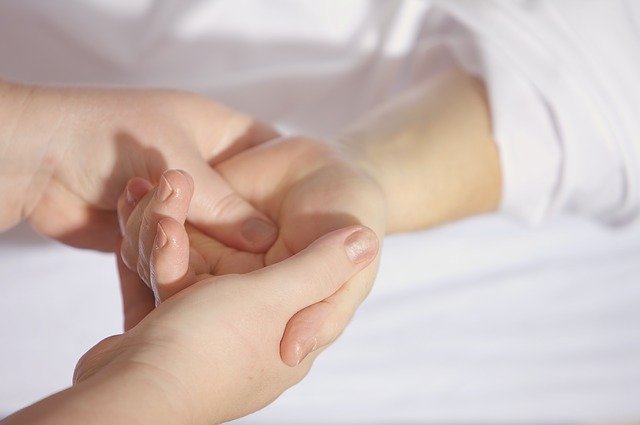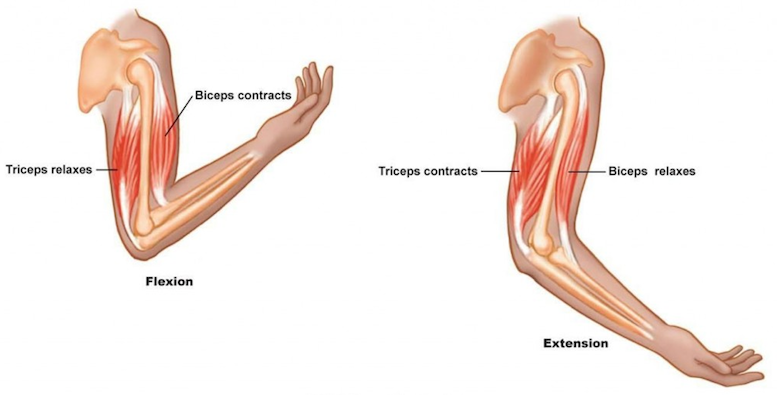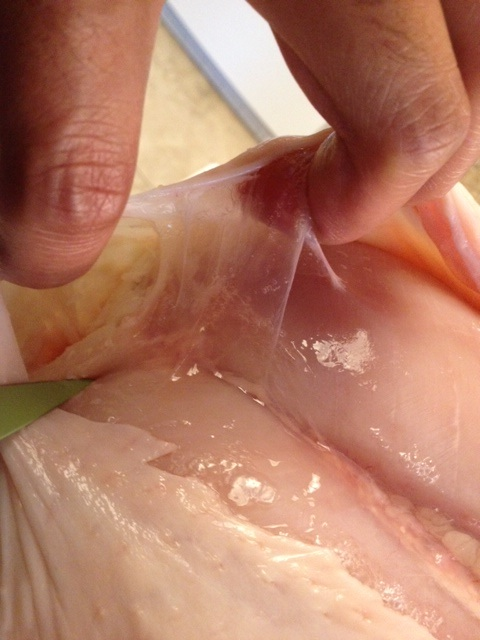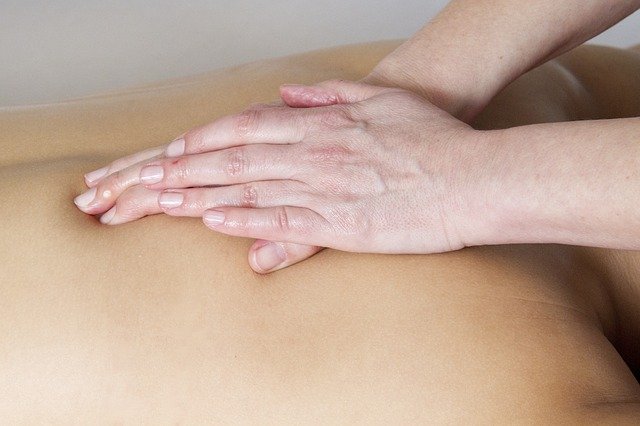Pain & The Importance Of Massage | The Surprising Benefits Of Massage
Table of Interests
Today, you and I will quickly take a look at the topic “Pain & The Importance Of Massage | The Surprising Benefits Of Massage”.
This has become necessary as we have sen overtime that several individuals have been searching for topics related to the above topic Pain & The Importance Of Massage | The Surprising Benefits Of Massage.
However, if you are among those that have been searching for answers to [benefits of massage, scientific benefits of massage, benefits of monthly massage, benefits of weekly massage, surprising benefits of massage, effects of massage, benefits of body massage, how massage relieves pain, Pain & The Importance Of Massage | The Surprising Benefits Of Massage], then you can see that you are not the only one.
Nonetheless, you shall get all this information right here on this blog.
Pain & The Importance Of Massage | The Surprising Benefits Of Massage

Your body is a miraculous system of interconnected elements designed for strength, fluid motion, and longevity. To maintain strength, fluid motion, and longevity the interconnected elements must be in balance.
Think of a suspension bridge such as the Golden Gate Bridge. Such a structure has strength and balance–structural integrity–due to a balance of continuous tensile forces through the structure (suspension), as opposed to leaning or sitting on some support like piles of bricks.
When all the supporting cables running in their many directions are in balance and pulling their own weight, the bridge can handle countless tons of traffic and withstand hurricanes. But alter the balance of tension of the supporting cables, and the bridge will become unstable or collapse.

So it is with our bodies.
Your body is like the Golden Gate Bridge. It is suspended in balance by continuous tensile forces through our supporting cables (the soft tissue of muscles, tendons, ligaments, fascia), not by leaning on our bones.
You see, bones do what your muscles tell them to do. Bones are like scaffolding.
Our power and grace comes from the interconnectedness of our soft tissues, our suspension. When the optimal tension or suspension in our structure gets out of balance, you start to have problems – generally felt as pain and restricted motion.
The vast majority of our pain, whether short term or chronic, is myofascial in origin. Myo = muscle, Fascia = the supportive sheath covering muscles, muscle fibers and other soft tissues in the body.
Myofascial dysfunction is the most common cause of musculoskeletal pain. While at times the pain may feel like it is in a joint, most of the time joint pain is the result of an imbalance in the optimal muscle tension on the bones of the joint.
Joint pain is generally a symptom, not the problem. The problem is typically myofascial, not orthopedic.
To get better, we must treat the problem, not the symptom. For most physical pain, Chiropractors, Orthopedists and physical therapists treat the symptoms (bones/joints), not the problem, focusing on misalignment of bones rather than on what causes the misalignment.
Most of the time the causes of pain are trigger points in muscles and fascial restrictions/adhesions because they alter the ability of soft tissues – our suspension – to move freely. More on this a little later.
Pain is supposed to be a warning to tell our brains that there is a problem needing to be corrected. Chronic pain, however, becomes a problem in and of itself. It alters the simplest aspects of daily living.
Acute pain protects life; chronic pain destroys it.
Chronic noncancer pain costs the American economy over $40 billion a year. One main reason is that most doctors are untrained in the diagnosis and treatment of chronic myofascial pain.
Thus, many people are put through many unnecessary tests and procedures, all of which exhaust them physically, emotionally and financially. Some of these inappropriate treatments may even worsen their conditions.
Normal muscle action is a group activity – no muscle works alone. For every muscle that stretches, another one must contract. Your muscles must stay active to remain healthy and responsive.
Activity helps to ensure that the fluids in the body keep moving. Anything that interferes with muscle activity interferes with the health of your muscles. The most common causes of myofascial pain are fascial restrictions and trigger points.

A small change in the myofascia can cause great stress to other parts of your body. Restriction of one major joint in a lower extremity can increase the energy expenditure of normal walking by as much as 40%, and if two major joints are restricted in the same extremity, it can increase by as much as 300%.
Multiple minor restrictions of movement, particularly in the maintenance of normal gait, also may have a detrimental effect upon total body function.
Trigger Points
See Other Articles Others Are Reading
- History As A Science | What Makes History A Science
- Fire And Safety | Basic Fire Safety Tips & Fire Safety Rules
- Myths Surrounding Exercises | All You Need To Know Concerning Exercises.
- Criminal Profiling – Facts Over Fiction | Criminal Profiling Techniques
- 5 Tips For Students Who Are Considering Graphic Design As A Career.
- Evaluation Of Learning: How To Know If The Children Are Learning
A trigger point is defined as “a highly irritable localized spot of exquisite tenderness in a nodule in a palpable taut band of muscle tissue.” The first part of the definition just means that a trigger point hurts like the devil when you push on it.
The “nodule” is the trigger point itself. To your fingertips, it feels like a knot or small lump.
Trigger points always hurt when pressed on – there is never any question. Accessing trigger points often requires pressing deep into the layers of muscle/fascia.
The “palpable taut band” is a semihard strand of muscle that feels like a cord or cable. Taut means it is tightly stretched. Palpable means you can feel it with your fingers.
Taut bands tend to restrict range of notion by limiting a muscle’s ability to lengthen. They can exist painlessly in muscles without trigger points.
A trigger point is a contraction in a small part of the muscle that stays “stuck”. It is irritable because the nerve fibers that pass through the taut tissue are stretched and get annoyed.
Annoyed nerves hurt! Typically there is a pattern of trigger points in several muscles that are involved in restricting proper painfree motion. Trigger points have a variety of causes, such as: holding an awkward position for an extended time, an accident or trauma, chronic tension, ongoing stress or repetitive motions.
Therapeutic treatment of trigger points releases the contractures so the muscle fibers can lengthen and reduce the nerve irritation, relieving painful symptoms and restoring ease of motion.
This process also restores the proper flow of blood and other fluids to and through the area, which is important for maintaining healthy tissues.
Fascial Restrictions
Fascia is a thin and almost translucent film that wraps around muscle tissue and most other tissues in your body.
One example is that slippery/sticky white film you see covering some of the chicken parts you are preparing for dinner. It gives shape to and supports all of your body’s musculature, and so much more.

Malfunction due to trauma, poor posture, inflammation, tension or even lack of exercise can bind down the fascia.
Restrictions of the fascia can create pain or malfunction throughout the body, sometimes with bizarre side effects and seemingly unrelated symptoms. It can also have a profound influence on cellular health and the immune system.
If fascia is restricted at the time of trauma or strain, the forces/tension cannot be disbursed properly and areas of the body are then subjected to intolerable impact or stress.
The forces do not have to be enormous; a person who just does not have enough “give” can have painful consequences. Fascia reorganizes along the lines of tension imposed on the body, adding support to misalignment and contracting in an attempt to protect you. Over time the tightness spreads like a pull in a sweater or stocking.
Flexibility and spontaneity of movement are lost, setting the body up for more trauma, pain and limitation of movement.
When fascia tightens, it will not revert to its previously supple state without treatment.
Feeling Better Again
An injury at any given site can set in motion longterm strains in other parts of the body. The injury happens where it does because of inherent weakness or previous injury, not purely and always because of local strain.
Discovering these pathways and easing chronic strain at some distance from the painful area then becomes a natural part of restoring systemic ease and order, as well as tending to prevent future injuries.
So if you wish to change the relationships among the bones, change the tensional balance through the soft tissue and the bones will rearrange themselves.
Sequentially applied soft tissue manipulation is a longterm solution to most pain problems as opposed to repetitive high velocity thrust manipulations (such as chiropractic), which are shortterm treatments of symptoms.

The majority of cases can be relieved in one to three sessions.
I can show you specialized stretching and postural awareness of the problem areas that can prevent or minimize recurrence.
That’s the much we can take on the topic “Pain & The Importance Of Massage | The Surprising Benefits Of Massage”.
Thanks For Reading
See Other Articles Others Are Reading
- IIE Study Abroad Scholarships 2019/2020 | Study Abroad Scholarships 2019
- Google & Bertelsmann Fund 75,000 New Udacity Scholarships In Europe 2019/2020
- 4 Year Scholarships 2019/2020 | List Of Full Ride Scholarships 2019
- All Harvard University Scholarships 2019/2020
- Scholarships For Psychology Major 2019/2020 | Psychology Scholarships 2019
- Scholarships For African American Students 2019/2020 | African American Scholarships 2019
- Asian American Scholarships 2019 | Japanese American Scholarships 2019

Leave a Reply